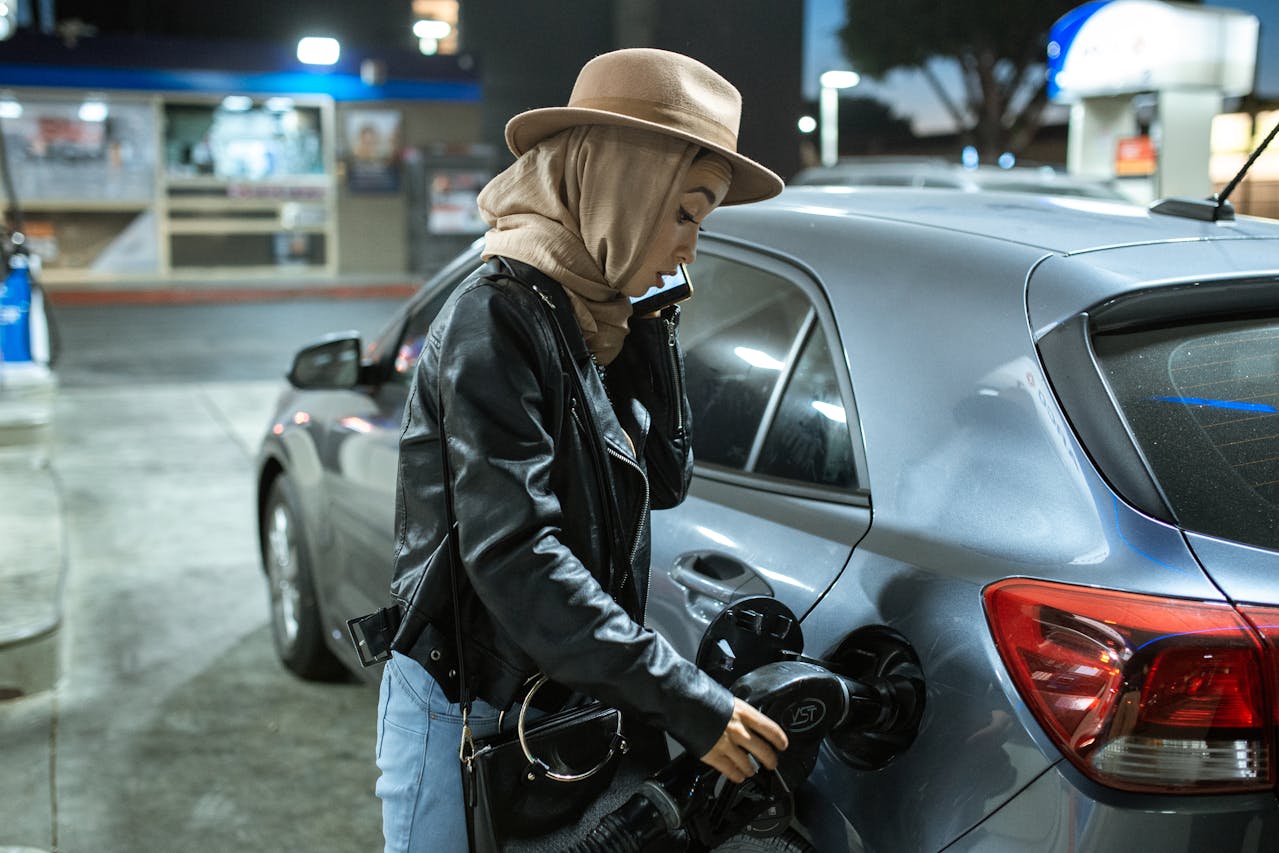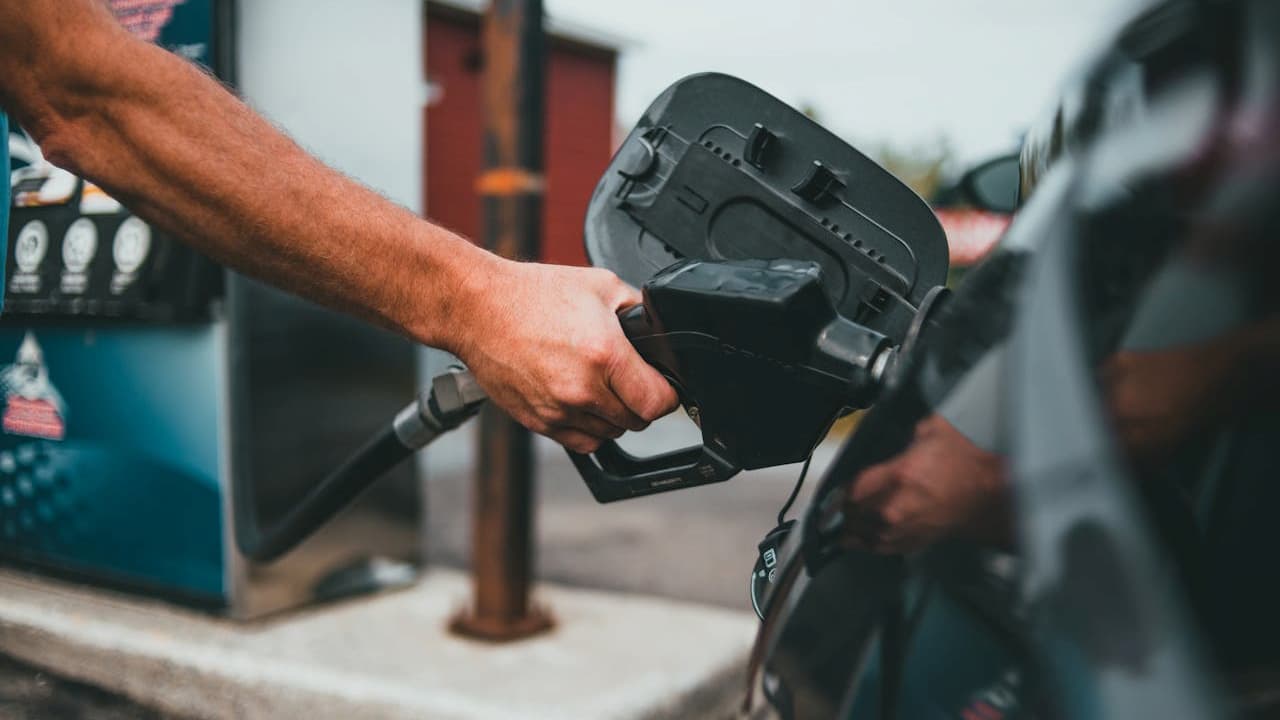How many times do you reckon you’ve pumped gas in your lifetime? Hundreds? Thousands? It’s a task so routine, so mundane that you probably don’t give it a second thought. But what if I told you that there’s a good chance you’re making some wild mistakes every time you fill up your tank?
Mistakes that may be costing you money, damaging your vehicle, and even posing safety risks? Here are ten wild mistakes you’re probably making when you pump gas, and how to avoid them.
Overfilling Your Tank

We’ve all been tempted to squeeze in a little extra gas after the pump automatically shuts off, usually to round up to an even dollar amount. However, overfilling your tank can actually harm your vehicle. The extra gas can find its way into the car’s vapor collection system, which is designed to reduce harmful emissions. This can trigger your check engine light and lead to expensive repairs.
To avoid this, stop pumping as soon as the nozzle clicks off. Don’t try to round up to the nearest dollar or top off the tank. Not only will this save you money in the long run, but it can also help reduce harmful emissions.
Using Your Phone While Pumping

You might think it’s safe to scroll through your social media feeds or send a quick text while you’re waiting for your tank to fill, but this can actually pose a serious safety risk. Cell phones can generate static electricity, which can ignite the gasoline vapors.
Avoid using your phone while you’re at the pump. If you need to make a call or send a text, step away from the pump and finish your conversation before you start pumping gas. It’s a small step that can drastically reduce your risk of a dangerous fire.
Not Wearing Gloves

Gas pumps are notorious breeding grounds for germs. A recent study found that gas pump handles are among the dirtiest surfaces we touch on a regular basis, even dirtier than public toilets. Plus, gasoline is a known skin irritant and can cause dryness and cracking.
To protect your hands, consider keeping a pair of disposable gloves in your car for when you need to pump gas. If gloves aren’t available, make sure to wash your hands or use hand sanitizer after you’re done pumping.
Ignoring the Octane Rating

A higher octane rating doesn’t mean better gas. In fact, using a higher octane gas than your car requires can be a waste of money. While some high-performance cars do require premium gas, most cars run just fine on regular unleaded.
Check your vehicle’s manual to find out what octane rating your car requires. If your car doesn’t require premium gas, you can save money by opting for regular unleaded.
Not Securing the Gas Cap

After filling up, it’s important to make sure your gas cap is secured properly. An improperly secured gas cap can trigger your check engine light, and it can also allow gasoline to evaporate from your tank.
After filling up, make sure your gas cap clicks at least three times when you close it. This ensures it’s sealed properly and will prevent gasoline from evaporating.
Using a Debit Card

While it may seem convenient to just swipe your debit card at the pump, this can actually put your bank account at risk. Gas stations are a common target for card skimmers, which can steal your debit card information.
To protect your bank account, consider paying with a credit card or cash instead. If you must use a debit card, opt to run it as credit to avoid entering your PIN.
Not Keeping an Eye on the Pump

When you’re pumping gas, it’s important to keep an eye on the pump to prevent any potential issues. If you walk away from the pump, you run the risk of overfilling your tank or having the pump malfunction.
Stay at the pump while you’re filling up. This allows you to react quickly if there’s an issue, and it also prevents potential theft of your credit card information.
Pumping Gas in the Heat of the Day

Did you know that gasoline is denser in cooler temperatures? This means that if you fill up your tank in the heat of the day, you’re actually getting less gas for your money.
Try filling up your tank in the morning or in the evening when temperatures are cooler. You’ll actually get more gas for your money.
Not Keeping a Safe Distance

While it may seem like common sense, it’s important to keep a safe distance between your vehicle and the gas pump. If you park too close, you risk damaging your vehicle or the gas pump.
When pulling into a gas station, make sure to leave enough space for you to comfortably maneuver around your vehicle without bumping into the pump. It’s better to err on the side of caution and park a little farther away than necessary.
Ignoring Your Gas Gauge

Waiting until your gas light is on before you fill up can actually damage your vehicle. The gas in your tank cools and lubricates your fuel pump. If you let your tank run dry, you can overheat and damage your fuel pump.
Try to keep your tank at least a quarter full at all times. This will help ensure your fuel pump stays cool and operates properly.
